Is bread-making still a thing, or is that so two weeks ago? If you’re late to the sourdough train or still working out the feeding schedule, the Bread Scheduler by Stuart Thompson makes the timing more obvious. Just enter when you want to start or finish, and the scheduler works out the details.
I haven’t found the patience yet for sourdough. For less time-sensitive breads, try out no-knead bread or this easy focaccia.


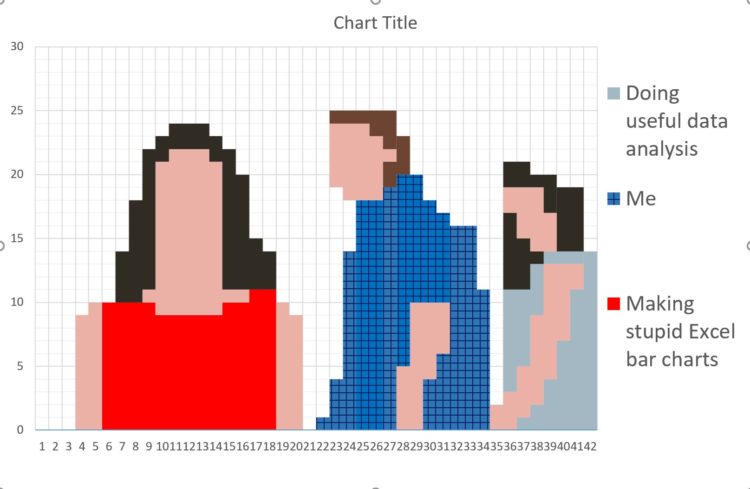
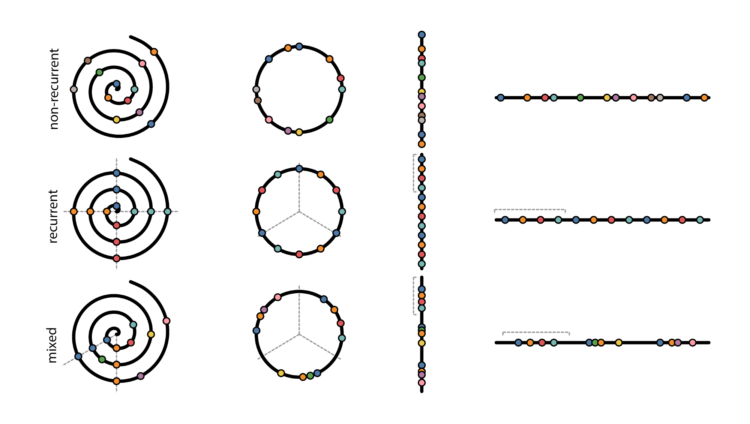
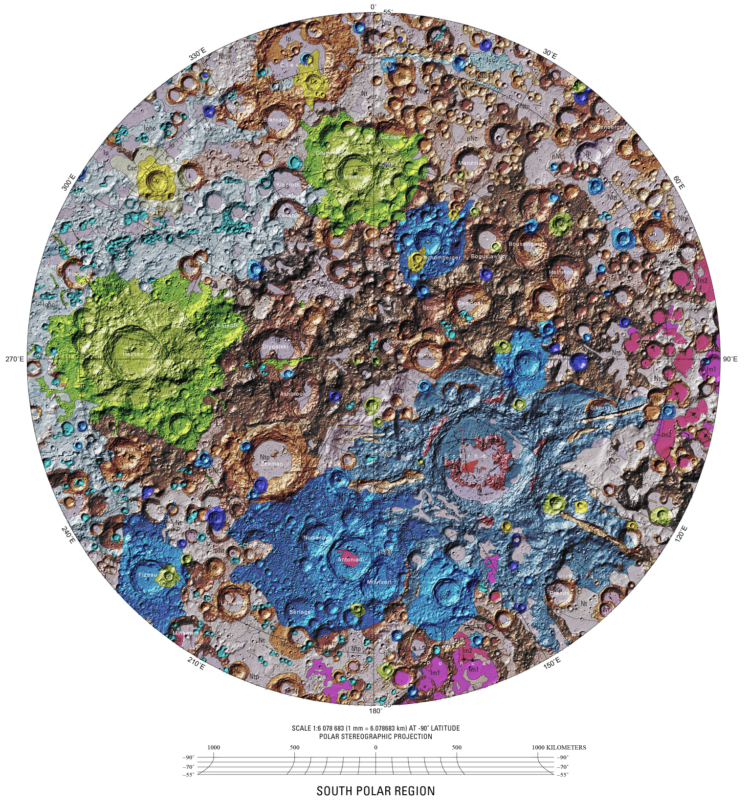
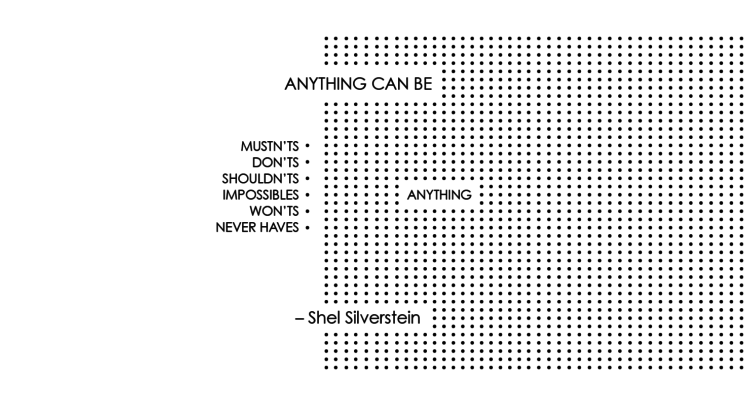
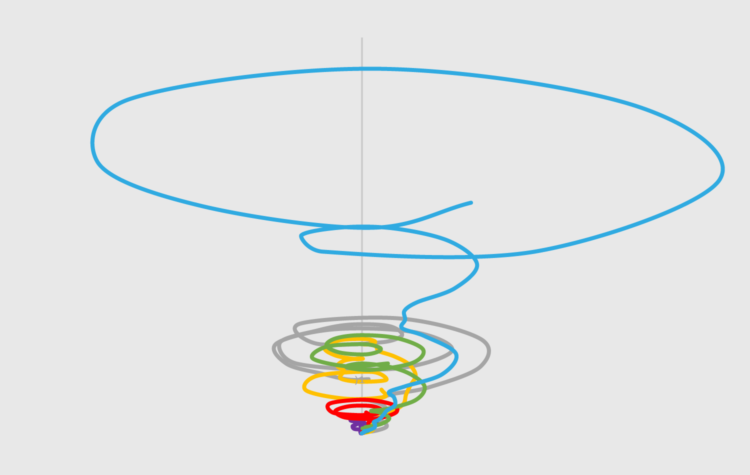
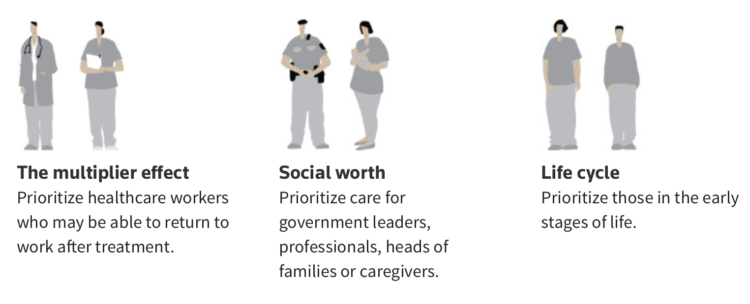

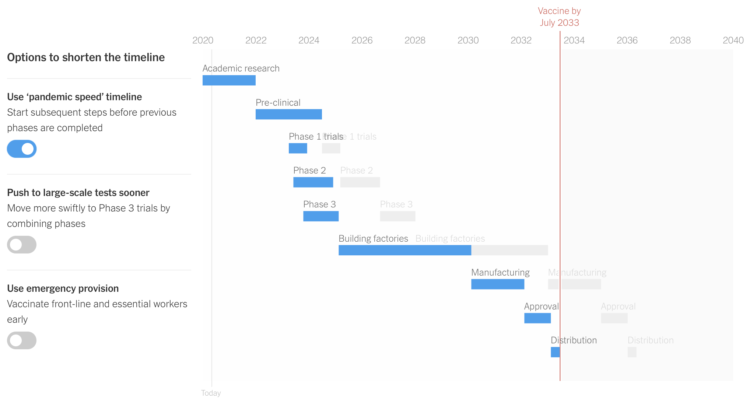
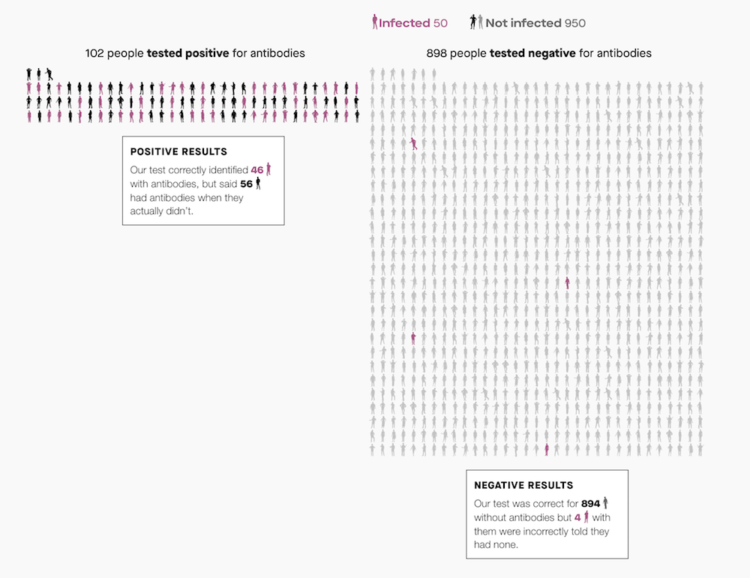
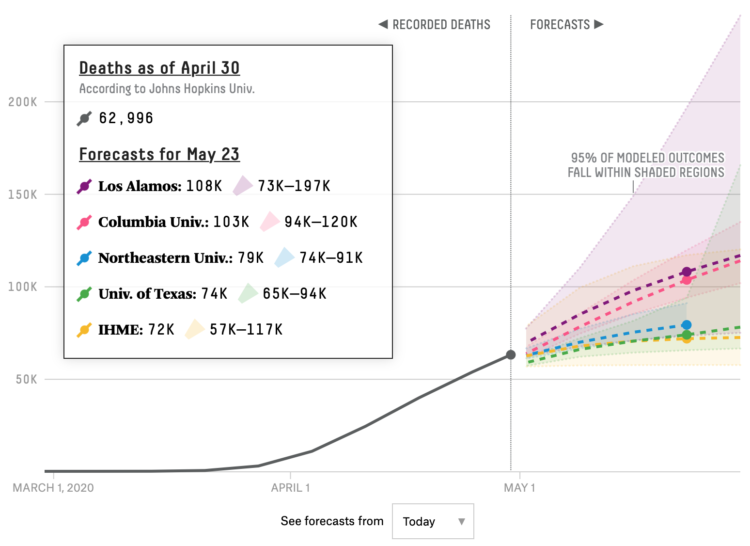
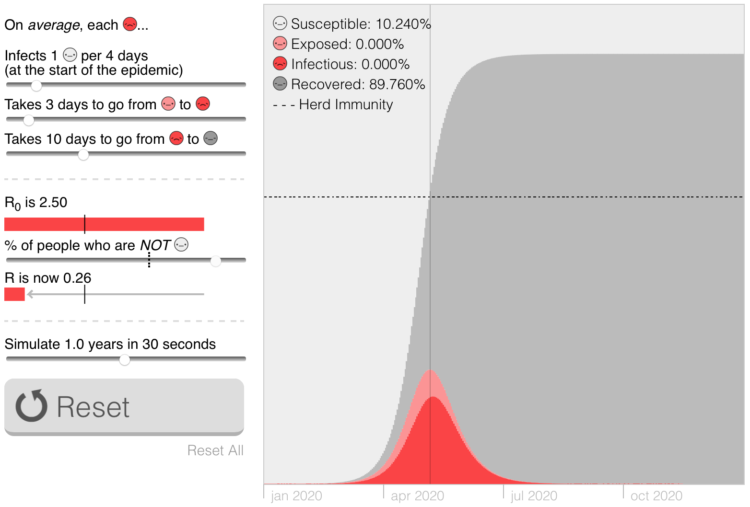
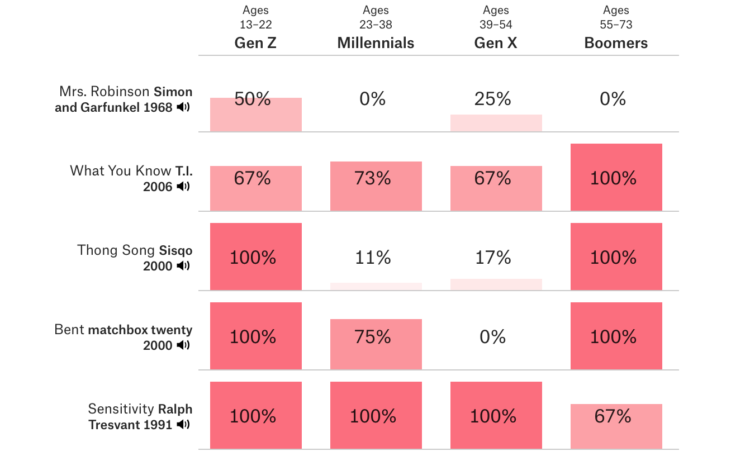
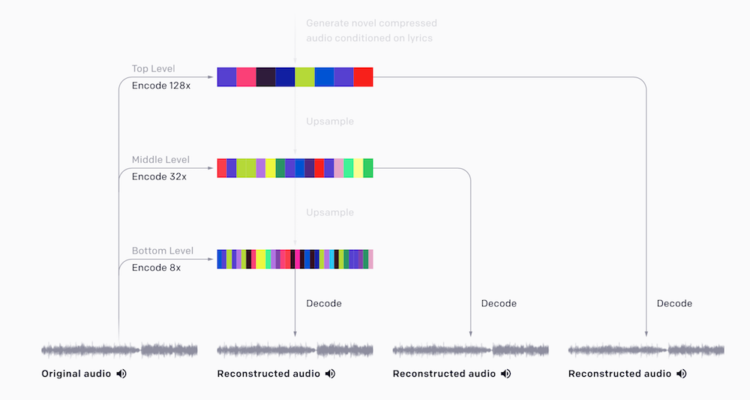
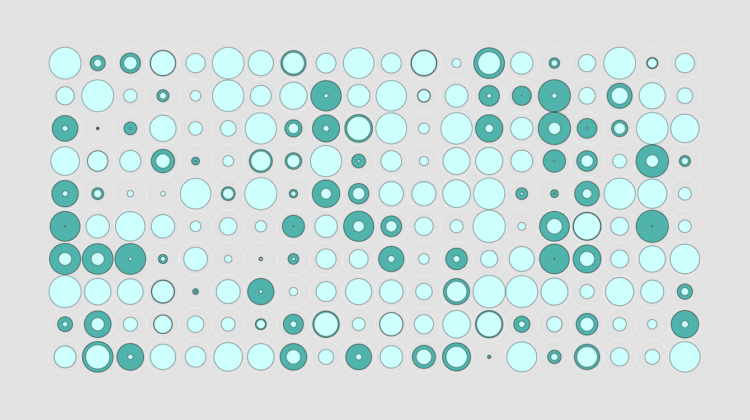


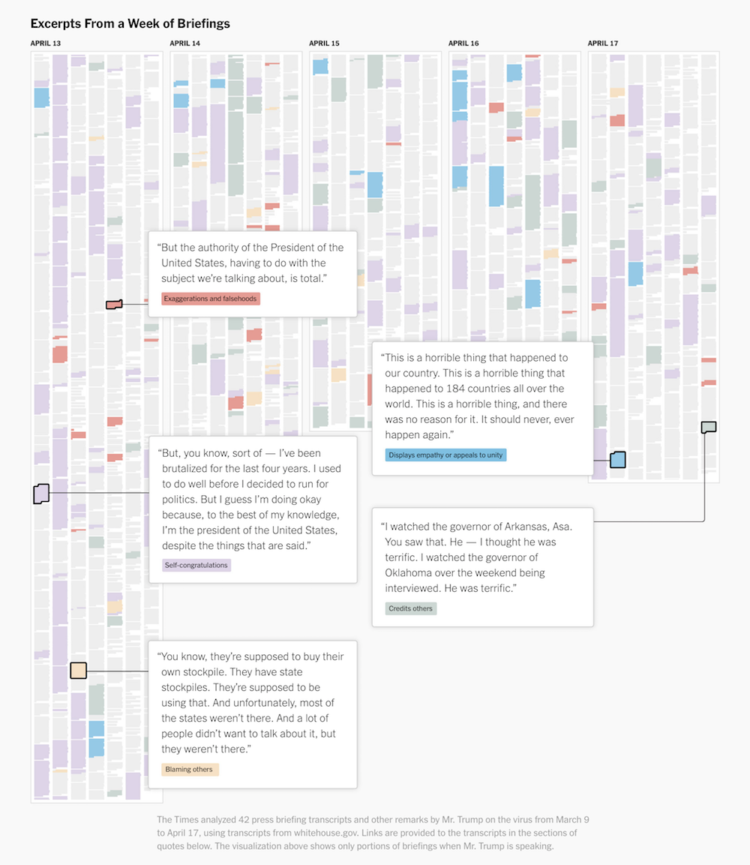
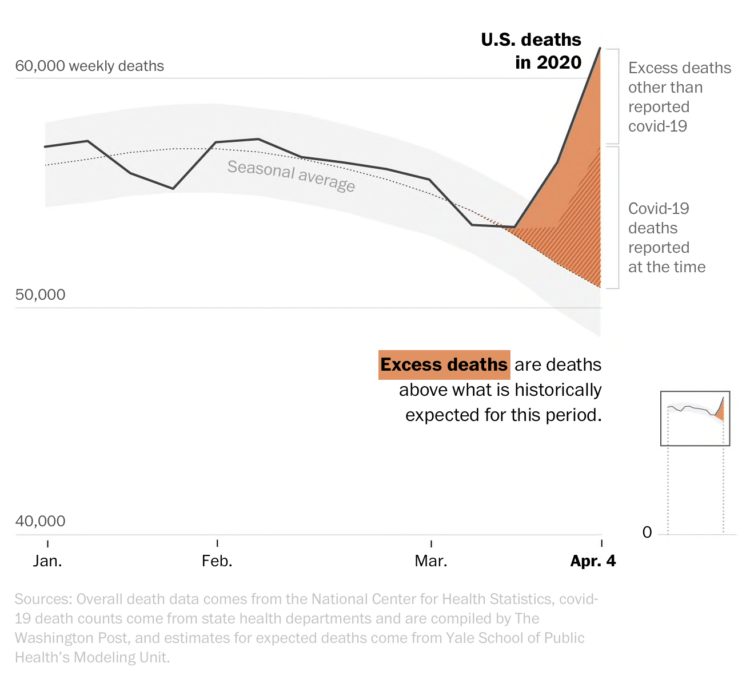
 Visualize This: The FlowingData Guide to Design, Visualization, and Statistics (2nd Edition)
Visualize This: The FlowingData Guide to Design, Visualization, and Statistics (2nd Edition)










